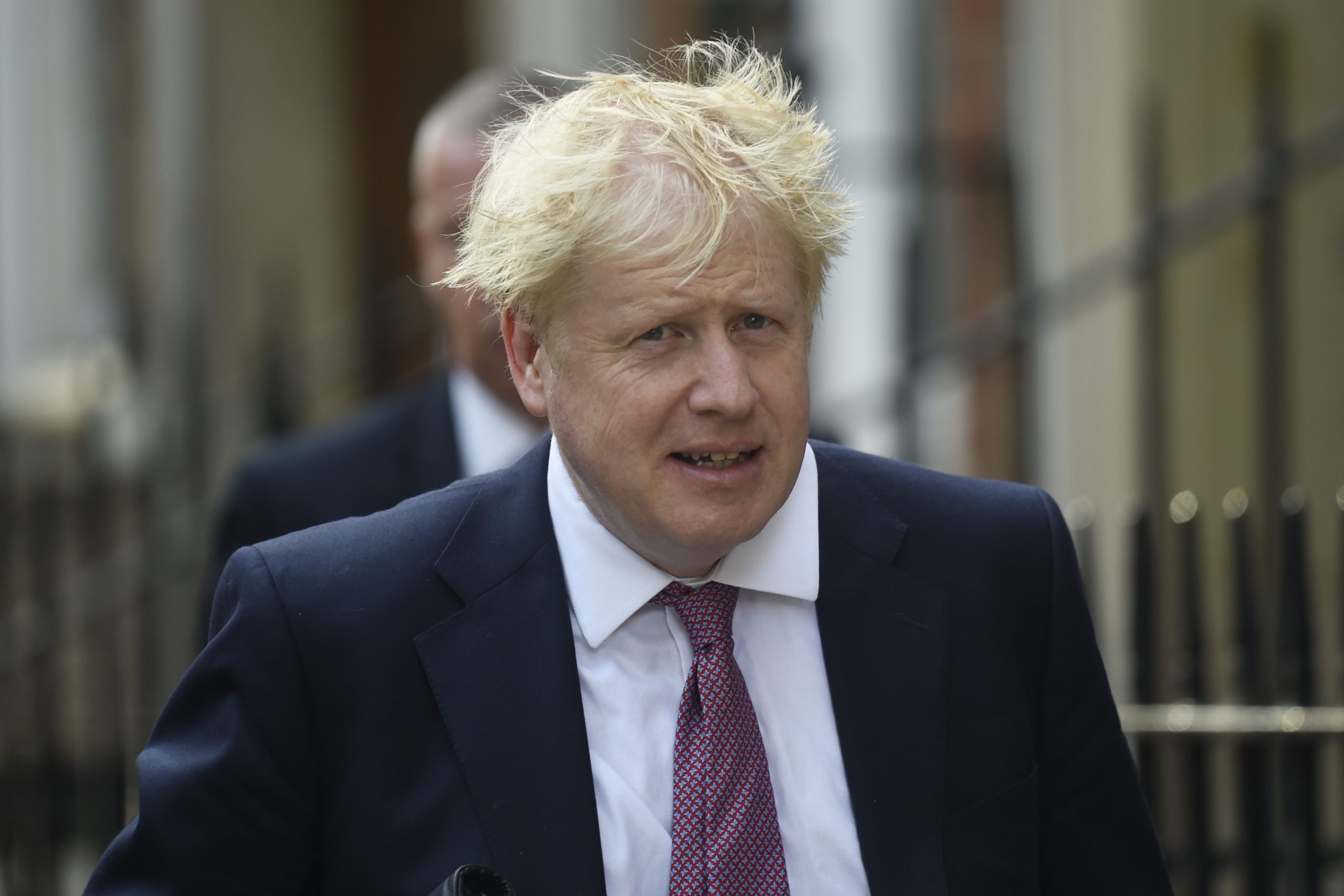
After the defection of Conservative MP Phillip Lee to the Liberal Democrats, Boris Johnson’s government no longer has a working majority in parliament.
At present, the Conservatives hold 309 seats (excluding deputy speaker Eleanor Laing, who by convention does not vote). The Democratic Unionist Party, with whom the Tories maintain a confidence and supply agreement, hold ten seats, making a total of 319. Under the terms of the pact agreed in 2017, the DUP backs the government in motions of confidence and spending (supply) or budget votes.
On the opposition benches, Labour hold 245 seats (excluding two deputy speakers), the Liberal Democrats hold 14, the SNP hold 35, the Independent Group for Change hold five, Plaid Cymru hold four, the Green Party hold one and there are 15 independent MPs. The opposition total of 320 excludes seven Sinn Fein MPs who, in accordance with the party’s long-standing abstentionist stance, do not take their seats.
The government’s working majority earlier fell from four to just two after Tory MP Charlie Elphicke had the whip suspended having been charged with sexual assault.
Johnson’s is now the first prime minister since John Major to lead a minority government. Major lead an administration with no majority from December 1996 until Labour’s general election victory in May 1997. Johnson also has the smallest constituency majority (5,034 in Uxbridge and South Ruislip) of any prime minister since Labour’s Ramsay MacDonald in 1924.






